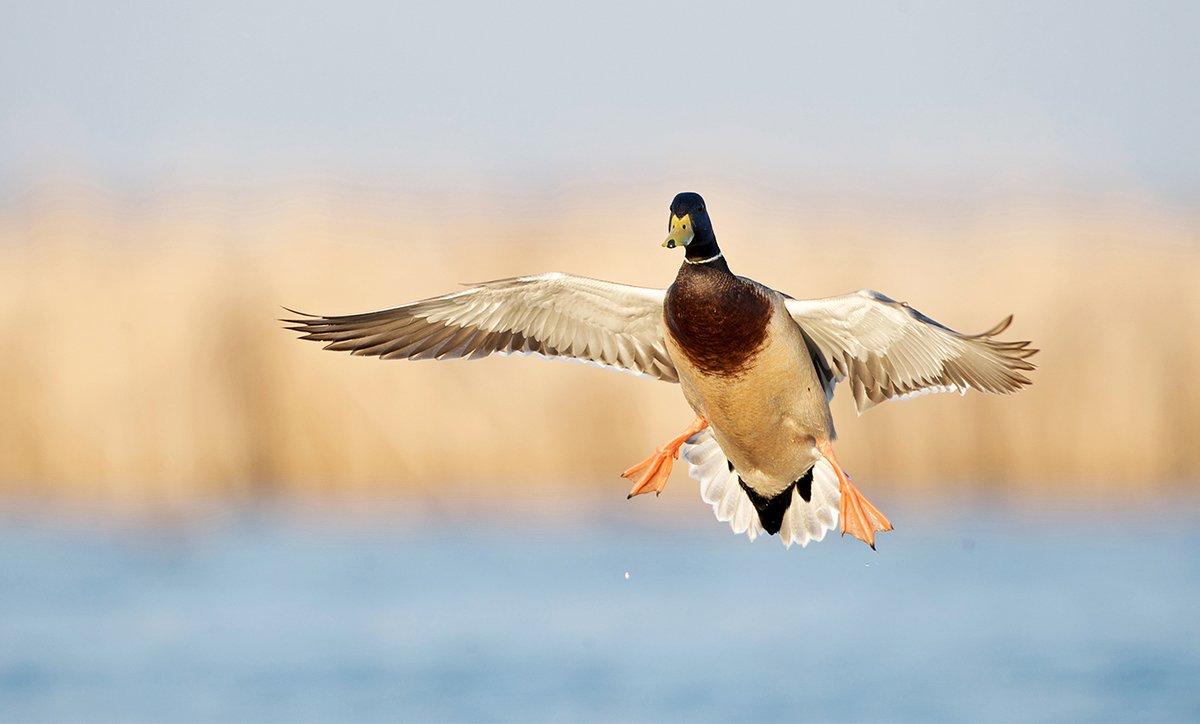This Trio Fills Straps and Prompts Smiles
Most of us card-carrying waterfowl bums want to hunt ducks and geese every day, and often, we can kill birds during most outings.
However, we typically do better some days than others, mostly because we encounter the right kind of ducks and geese. Sure, conditions, dumb luck and other factors play roles, but we usually do best when we're onto those ideal ducks. Let's look at three types of birds that make hunting more enjoyable and successful.
Click here for more Realtree waterfowl hunting content. And check us out on Facebook.

Everyone's familiar with these birds. New to the area after arriving from distant staging grounds, they swell bird numbers and decoy far better than the stale ducks and geese you've pursued for weeks. Hunters constantly hope for these migrants, or flight birds, and the arrival of these newbies puts an exciting new light on the season.
Sometimes, migrants come in waves, when massive fronts stir winds from the north and freeze northerly stopovers. Other times, they trickle in here and there, arriving as surprises during what appeared to be an uneventful day. Watch out, though. Flight birds will only be gullible for two or three days. After that, they've learned much about their new haunts and essentially behave like locals.
The key to cashing in on migrants is to hunt when they arrive. Sounds easy, right? Some days, it is. When you get word of those aforementioned weather fronts and freezing temps, you know to be in the boat, blind, pit or field the next few mornings. But without advance warning, you might skip a day here and there and miss some chances at fresh birds. The solution, of course, is to hunt as much as you can and take advantage of any new ducks and geese the grand passage delivers.
Photo © Images on the Wildside

You don't see happy birds for long. These are ducks or geese that find unpressured pockets with good food and undisturbed roosting opportunities during the heat of the season. When you locate them, act immediately. Determine how to hunt them, and then get after it. If you don't, someone else will.
Sometimes, you can stumble onto happy birds. Usually, though, you have to look for ideal situations, such as exclusive properties, hidden waters or remote, hard-to-reach spots. And not every prospect will produce, either. Still, if you check out enough likely candidates, you'll eventually find ducks and geese no one else is bothering, and that's a gold mine.
Photo © Images on the Wildside

This broad category encompasses many situations and various weather conditions. Basically, it refers to ducks and geese that become vulnerable, break their safe routines and essentially become easier to kill. Good examples include birds working toward the sun, waterfowl bounced around by waves and wind, ducks and geese anxious to feed because of approaching inclement weather, and even previously content birds suddenly on the move because of human pressure (think opening day).
As with migrants, waterfowlers live for the circumstances that create compromised ducks and geese. Everyone wants to hunt the opener or when the wind blows, and for good reason. Likewise, we lust to keep the sun at our backs and sneak out to hunt when the weatherman predicts the onset of nasty stuff.
The takeaway? Always pay attention for situations that might produce compromised birds, and then get your fanny out there. Ducky days are worthless if you're stuck in the office.
Photo © Images on the Wildside






